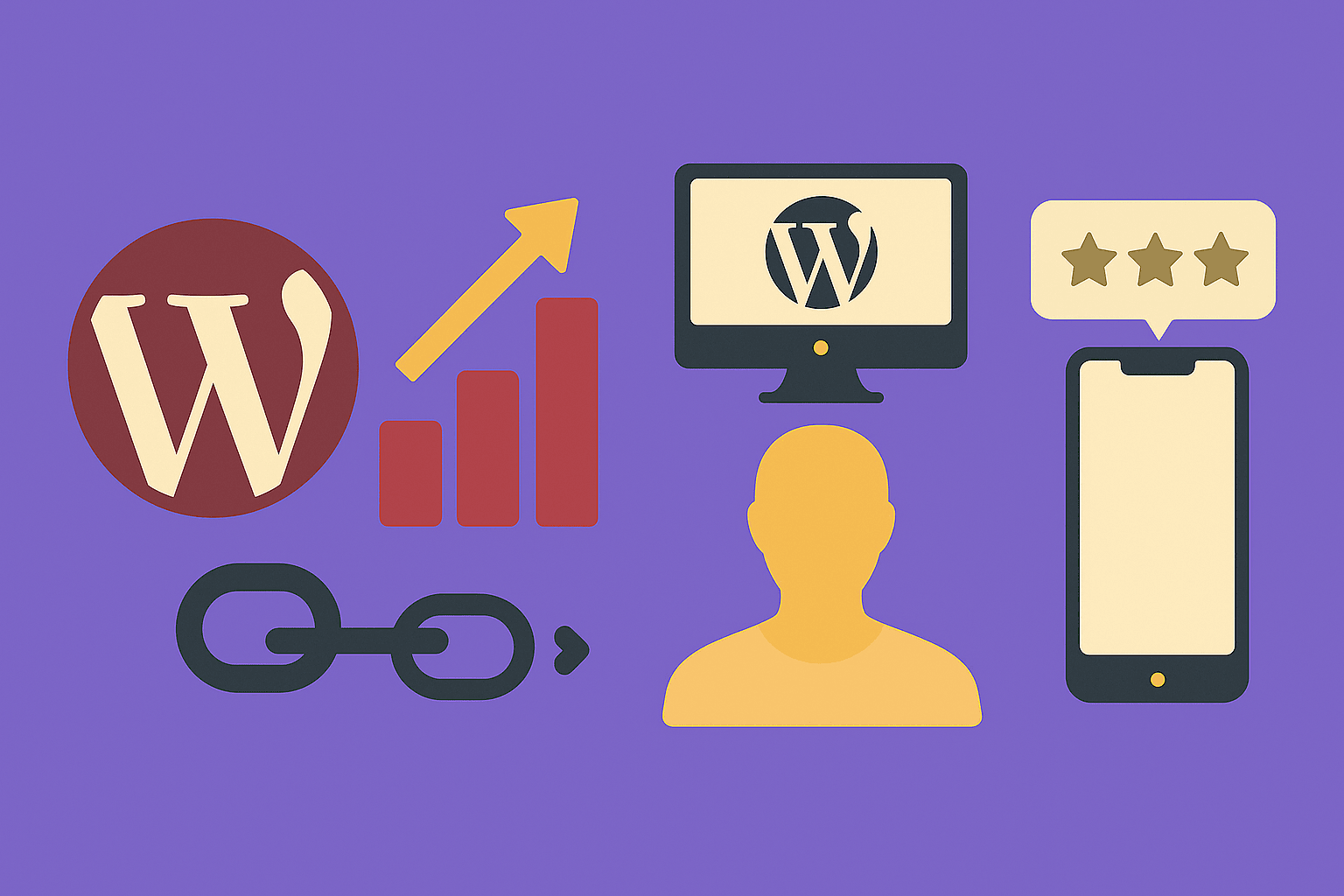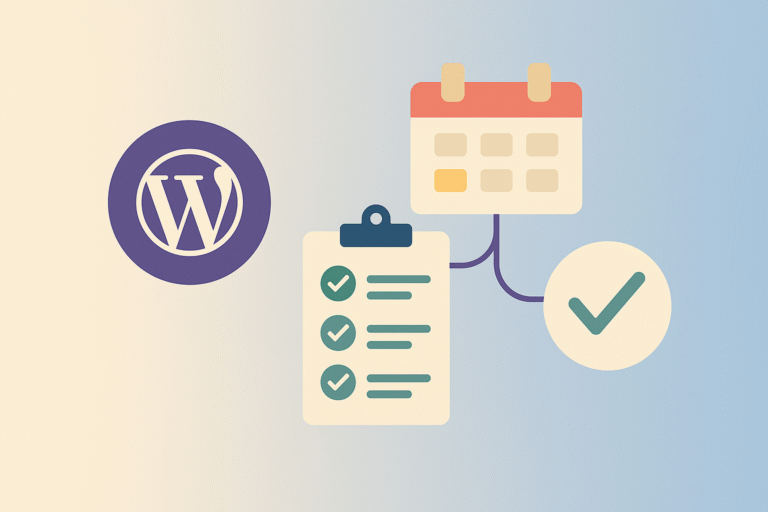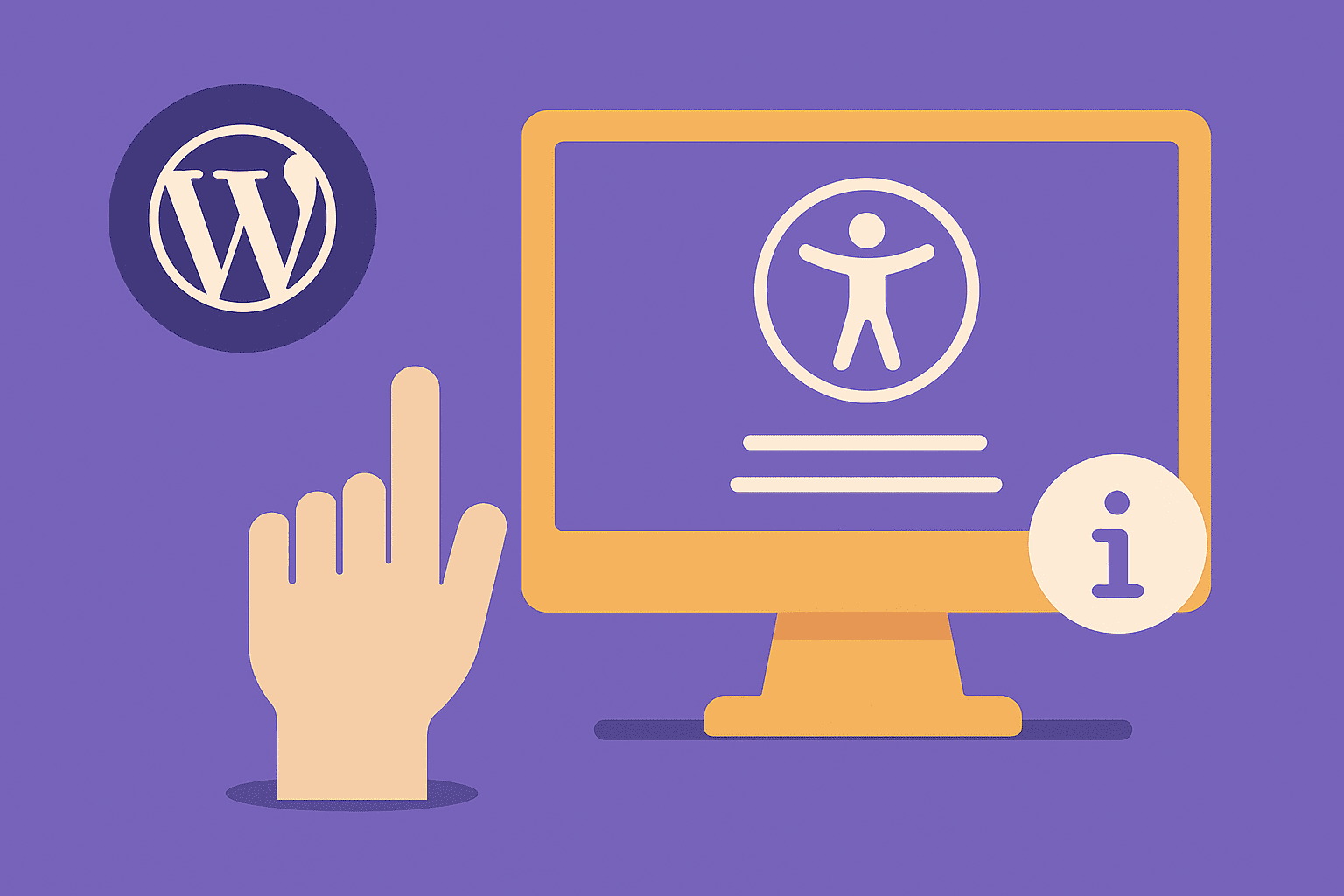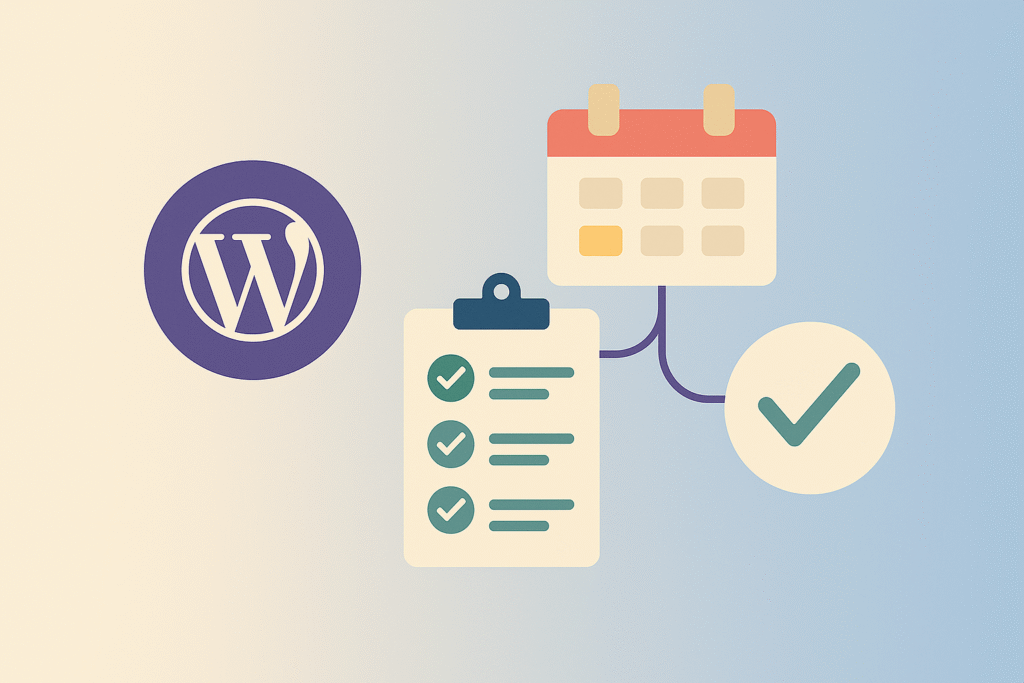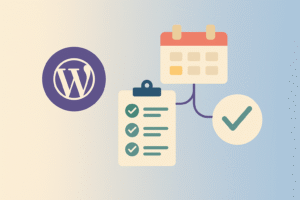Introduction
For nearly two decades, WordPress has been the backbone of the internet—powering more than 43% of all websites. Every year, it evolves to meet the needs of developers, businesses, and creators. The WordPress ecosystem is vibrant, with contributions from thousands of developers, hosting companies, and plugin creators worldwide.
In 2025, five major trends are shaping the future of WordPress. From artificial intelligence (AI) integration to the maturity of full-site editing (FSE), these innovations are redefining how we design, manage, and scale websites. Whether you’re a blogger, an agency, or a business owner, keeping up with these trends will help you stay ahead of the curve.
1. AI-Integrated Workflows
Artificial Intelligence is no longer a “nice-to-have”—it’s becoming a core part of digital publishing. WordPress is embracing AI at multiple levels:
- Content Creation: Tools like ChatGPT, Jasper, and AI Writer are being integrated into WordPress plugins. These can draft blog posts, generate product descriptions, and even create SEO meta descriptions in seconds.
- SEO Optimization: RankMath and Yoast are experimenting with AI-powered keyword suggestions, automatic meta descriptions, and schema markup.
- User Experience (UX): AI chatbots and personalization engines can dynamically recommend content or products based on user behavior.
💡 Example: A WooCommerce store using AI can automatically generate optimized product descriptions, recommend related products, and even adjust pricing dynamically based on demand.
The challenge? Striking a balance between automation and authenticity. AI can accelerate workflows, but it still requires a human touch to maintain brand voice and originality.
2. Headless and Decoupled WordPress
Headless CMS setups have exploded in popularity, and WordPress is at the forefront. In a headless WordPress setup:
- WordPress acts as the backend (content management).
- The frontend is powered by frameworks like React, Next.js, or Vue.
- Content is delivered through APIs (REST or GraphQL).
Why It’s Trending:
- Performance: Headless frontends are faster, improving Core Web Vitals and SEO.
- Scalability: Ideal for large sites with high traffic.
- Flexibility: Developers can use modern JavaScript frameworks for custom frontends.
- Omnichannel: Content can be reused across websites, apps, and IoT devices.
💡 Example: A news site might use WordPress as the CMS but serve content through a Next.js frontend to deliver blazing-fast performance.
However, headless isn’t for everyone—it requires more technical expertise and setup. But in 2025, with tools like WPGraphQL and hosting solutions like WP Engine Atlas, headless WordPress is becoming more accessible.
3. Full-Site Editing Maturity
When Gutenberg launched in 2018, it was controversial. Fast-forward to 2025, and Full-Site Editing (FSE) is finally mature enough to rival site builders like Elementor and Divi.
What’s New with FSE in 2025:
- Block Themes: Entire sites can be built with blocks—headers, footers, sidebars, and beyond.
- Global Styles: Design tokens (colors, typography, spacing) are controlled centrally in
theme.json. - Pattern Libraries: Reusable block patterns allow for drag-and-drop layouts.
- Cross-Site Syncing: Soon, you’ll be able to sync design patterns across multiple sites in a network.
FSE empowers non-developers to design fully custom sites without touching code while still giving developers the ability to extend blocks and themes.
💡 Example: A small business can launch a new website using a block theme, tweak global styles for branding, and build landing pages with pre-made patterns—no external builder required.
4. Performance-First Development
Google’s emphasis on Core Web Vitals has pushed WordPress developers to prioritize performance more than ever. Slow websites not only frustrate users but also hurt search rankings.
Performance Trends in 2025:
- Native Image Optimization: WebP and AVIF image formats are supported out-of-the-box.
- Lazy Loading Improvements: Smarter loading of images, iframes, and videos.
- JavaScript and CSS Optimization: WordPress core is reducing render-blocking scripts.
- Edge Caching: With Cloudflare APO and QUIC.cloud, HTML is cached closer to the user.
💡 Example: A WordPress blog using Cloudflare APO can serve pre-rendered HTML from edge servers worldwide, cutting load times from 2.5s to under 1s.
Developers are adopting a performance-first mindset—building lightweight themes, reducing plugin bloat, and integrating CDNs at the hosting level.
5. Stronger Security by Default
With WordPress powering millions of websites, it’s a prime target for hackers. In 2025, security is no longer an afterthought—it’s baked into hosting, plugins, and even WordPress core.
Security Innovations:
- Two-Factor Authentication (2FA): Expected to become a default WordPress feature.
- Passwordless Logins: Login with biometrics or magic links instead of passwords.
- WAF + CDN Integration: Hosts now bundle firewalls and CDNs by default.
- Automatic Malware Scans: Security plugins like Wordfence and Sucuri provide real-time monitoring.
💡 Example: A managed WordPress host in 2025 offers daily backups, malware scanning, firewall protection, and free SSL certificates—out of the box.
The shift is clear: WordPress security is moving from “optional plugin” to core functionality and hosting essentials.
Honorable Mentions
Aside from the top 5, a few other trends are worth noting:
- Accessibility (a11y): Stricter accessibility standards are being built into themes.
- Sustainability: Lightweight, eco-friendly hosting and green themes are gaining traction.
- WooCommerce Evolution: AI-driven product recommendations and headless WooCommerce setups.
Final Thoughts
2025 is shaping up to be one of the most exciting years in WordPress history. The top trends—AI integration, headless CMS, full-site editing, performance-first development, and stronger security—are pushing the platform to compete with modern site builders while staying true to its open-source roots.
If you’re a blogger, AI can help you publish faster. If you’re a developer, headless and FSE unlock powerful new workflows. If you’re a business owner, performance and security improvements mean fewer headaches and more growth.
👉 The takeaway? Stay updated, experiment with new tools, and embrace these trends. WordPress is no longer just a blogging platform—it’s becoming a future-proof ecosystem for the entire web.

